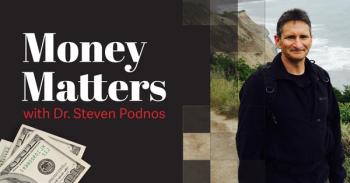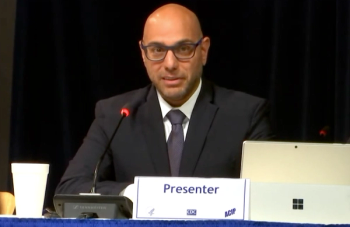
More than 120M Americans lack adequate access to health care, study finds
Key Takeaways
- Over 120 million Americans live in counties with inadequate healthcare access, affecting over 80% of U.S. counties.
- Pharmacy deserts have expanded, with 48 million people living over 15 minutes from a pharmacy, complicating medication access.
Pharmacy closures, hospital shortages and underserved primary care persist in 80% of counties across rural and urban America.
Over 120 million Americans live in counties lacking adequate health care access, according to
Health care infrastructure has remained stagnant or worsened in many regions over the last half decade.
The updated analysis builds on
Pharmacy closures widen the divide
Among the most dramatic changes since the 2021 report is the expansion of pharmacy deserts. Over 48 million people now reside in counties where the nearest pharmacy is more than a 15-minute drive away — up from 41 million in 2021.
That now accounts for 45% of all U.S. counties.
The farther patients live from pharmacies, the harder it is for them to access timely medications, especially in the midst of national drug shortages. A recent
Hospital and trauma access remains static
Access to hospital care has not improved in four years. Today, 28 million people live more than 30 minutes from a hospital, 79 million live in areas with fewer than two hospital beds per 1,000 residents and 50 million are over an hour from a trauma center.
Roughly 20% of counties remain hospital deserts. For trauma centers, that figure is 38%.
Extended travel times to receive emergency care can worsen outcomes. The concept of the “golden hour” — the critical first hour after a traumatic injury — underscores the risk of delayed treatment.
“When accessing a trauma center, every second counts,” the researchers wrote. “Appropriate hospital care may be too far away to survive a serious injury or illness.”
Primary care remains strained
While official shortage area designations have declined, the report attributes this drop to a federal reclassification, not actual gains in workforce.
In these shortage areas, a single full-time primary care physician may be responsible for more than 7,500
Community health centers have become slightly more accessible, with 71 million people now living in health center deserts, down from 78 million in 2021. But the gains may be short-lived, as federal funding faces threats in Washington.
Multiple deserts per county are common
Nearly 60% of U.S. counties are home to more than one kind of health care desert, and eight million Americans live in counties with at least four types of access gaps.
States with the highest percentage of residents in health care-desert counties include:
- Wyoming – 87%
- Vermont – 74%
- Montana – 70%
- New Mexico – 60%
- Alaska – 56%
In counties like Catron (New Mexico), Duval (Texas) and Hettinger (North Dakota), residents face barriers across every health care category, from prescriptions to trauma care.
Who is most affected?
The burden of health care deserts is not evenly shared. Counties with poor access tend to have higher uninsured rates, lower household incomes and poorer broadband access.
These social and economic factors compound physical access barriers, deepening health disparities. Even in areas with technically sufficient infrastructure, lack of insurance or transportation can still prevent people from receiving timely care.
The broader impact
“Lacking just one dimension of health care can be detrimental to individuals and communities at large,” the researchers concluded.
Although someone might live near a primary care physician, they may still need to drive hours to find a trauma center or struggle to find a pharmacy with their medication in stock.
The report concludes that addressing health care deserts requires sustained investment across the care continuum, from workforce development and infrastructure to policy protections for community health funding.
Newsletter
Stay informed and empowered with Medical Economics enewsletter, delivering expert insights, financial strategies, practice management tips and technology trends — tailored for today’s physicians.















